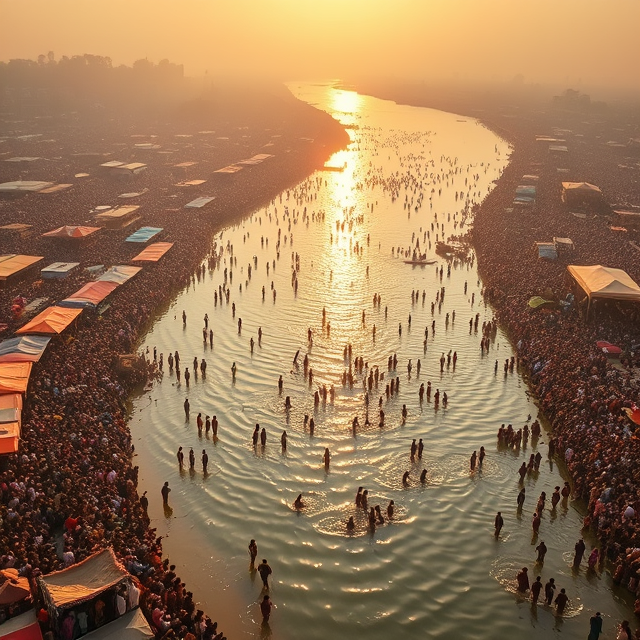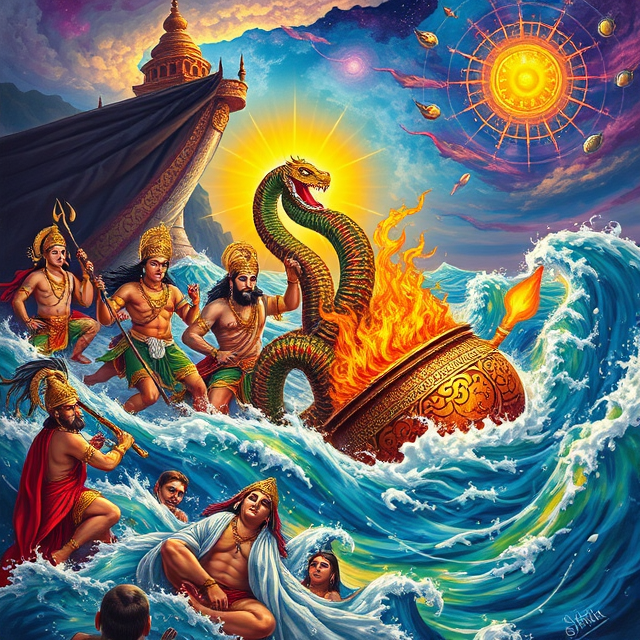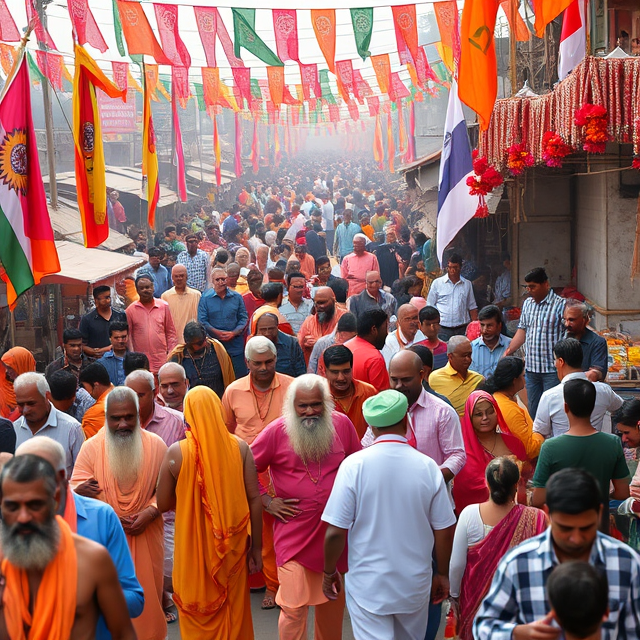Introduction
The Maha Kumbh Mela 2025 is not just a religious congregation but a monumental cultural event that has earned global recognition. Designated as a UNESCO Intangible Cultural Heritage of Humanity, the Kumbh Mela stands as a testament to India’s rich traditions, spirituality, and communal harmony. This blog explores the unique aspects that make the Maha Kumbh Mela deserving of this prestigious status.

1. A Celebration of Faith and Devotion
The Maha Kumbh Mela is the largest religious gathering in the world, attracting millions of devotees who come to cleanse their sins in the sacred rivers. The collective faith and devotion demonstrated during the event are unparalleled, showcasing the profound spiritual connection people have with this ancient tradition.

2. A Tradition Rooted in Mythology
The origins of the Kumbh Mela are deeply intertwined with Indian mythology, particularly the legend of the Samudra Manthan (churning of the ocean). According to the tale, drops of the divine nectar (amrit) fell at four locations, including Prayagraj, giving these sites their spiritual significance.

3. Uniting Diversity
One of the most remarkable aspects of the Kumbh Mela is its ability to bring together people from diverse backgrounds. Pilgrims, sadhus, tourists, and scholars from across the globe converge at the event, fostering a sense of unity and cultural exchange.
4. Unique Cultural Practices
The Maha Kumbh Mela is a treasure trove of cultural expressions, including the vibrant processions of Akharas, spiritual discourses, and rituals like the Shahi Snan. These practices reflect India’s intangible cultural heritage and its emphasis on spiritual enrichment.
5. Scale and Organization
The sheer scale of the Maha Kumbh Mela, often referred to as the “world’s largest temporary city,” is a testament to India’s organizational capabilities. From setting up massive infrastructure to managing crowds of millions, the event demonstrates exceptional logistical planning, contributing to its global recognition.
6. Spiritual and Cultural Tourism
The Kumbh Mela plays a significant role in promoting spiritual and cultural tourism. The event draws not only pilgrims but also tourists and researchers interested in Indian culture, traditions, and spirituality, making it a global phenomenon.

7. Environmental and Sustainable Practices
Recent editions of the Kumbh Mela have emphasized sustainability and environmental consciousness. Efforts such as waste management, eco-friendly accommodations, and clean-up drives align with UNESCO’s values of preserving cultural heritage in harmony with nature.
8. Recognition as a Living Heritage
The UNESCO designation acknowledges the Kumbh Mela as a “living heritage” that adapts to modern times while preserving its core traditions. This blend of continuity and evolution makes the event a cultural masterpiece.
Conclusion
The Maha Kumbh Mela 2025 is much more than a religious gathering—it’s a living embodiment of India’s cultural and spiritual ethos. Its recognition as a UNESCO Intangible Cultural Heritage of Humanity underscores its significance on the global stage. By participating in or learning about the Kumbh Mela, one gains a deeper appreciation of the values, traditions, and unity that define this extraordinary event.

Thanks for sharing. I read many of your blog posts, cool, your blog is very good.
I don’t think the title of your article matches the content lol. Just kidding, mainly because I had some doubts after reading the article.
I don’t think the title of your article matches the content lol. Just kidding, mainly because I had some doubts after reading the article.
Thank you for your sharing. I am worried that I lack creative ideas. It is your article that makes me full of hope. Thank you. But, I have a question, can you help me?
Can you be more specific about the content of your article? After reading it, I still have some doubts. Hope you can help me.
Can you be more specific about the content of your article? After reading it, I still have some doubts. Hope you can help me. Registrarse
Thank you for your sharing. I am worried that I lack creative ideas. It is your article that makes me full of hope. Thank you. But, I have a question, can you help me?
I don’t think the title of your article matches the content lol. Just kidding, mainly because I had some doubts after reading the article.
Your article helped me a lot, is there any more related content? Thanks!